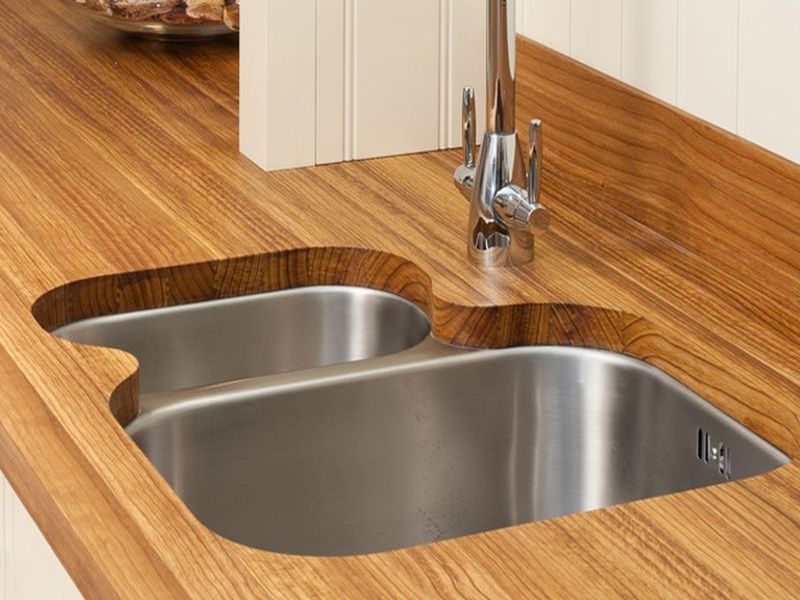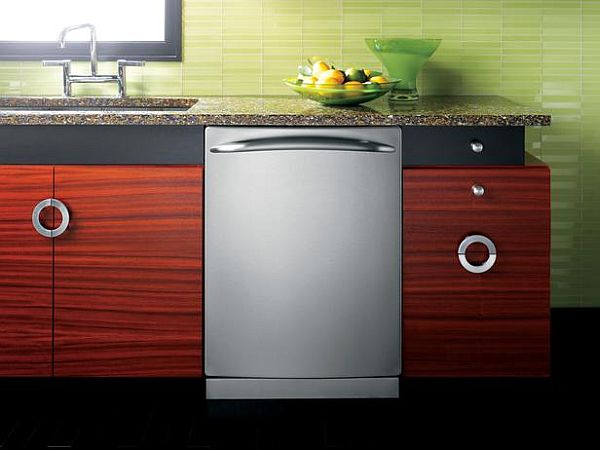Solid wood worktops in kitchens look lovely with their warm textures, variety of colors and diverse grain patterns. To maintain their appearance and quality, you require protecting the wooden surfaces from everyday wear and tear. Here are some caring and cleaning tips that would enable you to maintain the solid wood worktops in your kitchen.
Oiling – an effective wood worktop treatment
Unlike other worktops that appear marked and damaged over time, the beauty of wood worktops enhance in time. However, this is possible only if you treat them correctly. Through sanding and oiling, all the scratches go away, and they become darker and richer in appeal.
Protective wood oiling tips
Wooden worktops do not require varnish and other treatments that usually crack or chip. This is because a damaged wooden worktop is not at all hygienic for it harbors germs. Therefore, the only treatment effective for these worktops is protective wood oiling. They come in various forms that make wooden worktops water resistant and durable.
Usually, wooden worktops require three to five thin coats of protective wood oil before installation. You should ensure to coat all the sides including underneath and the edges of the worktop. Use a lint-free cloth in place of a brush to apply oil on the worktop in the wood grain’s direction. As the worktop, area around the sink is most susceptible to water absorption and damage, make sure to apply extra protective oil coats there.
The same treatment is applicable to other heavy use areas such as the area near draining boards. Before applying oil, do not forget to sand the area that seems slightly rough. The initial oil coats take up to an hour’s time for drying up. On the other hand, the latter oiling coats take more time dry up.
Time to re-oil
To maintain the glossy oiled finish and to keep the durability of a wooden worktop going, you are required to re-oil it at regular intervals. When you find that the wooden surface has lost its sheen and is looking dull, it signifies that it is time to re-oil it. Water lying flat on the work surface is another sign that indicates that the wooden worktop requires a fresh protective oiling coat.
For damaged and dirty wooden worktop, you can sand it with fine sandpaper. Sanding with a coarser paper is required when the damage is extensive. For a severe damage and dents on the surface, you can fill the dents with the same colored wood fillers.
Cleaning dos and don’ts of solid wood worktops
You simply need to wipe a solid wood worktop with a cloth dipped and wrung out in warm soapy water. Make sure to wipe off spilled water and other liquids right away, as water allowed to stand for even a short while on the surface could damage it. This is because protective oiling makes wooden worktops water resistant and not waterproof.
The worktop area surrounding the kitchen sink demands greater attention and care. Therefore, develop a habit of wiping that area every time after using the sink. Also, try your best to leave wooden worktops in the dry state most of the times, so no wet crockery standing on the surface.
Never place hot pans on the surface. Try to avoid keeping metal pans directly on the wooden surface, as natural chemicals in the wood react with the metals, leaving timber black. Coming to the chopping of vegetables, never do it directly on the worktop. Always chop vegetables and other stuff on a chopping board.
Summary
Solid wood countertops are beautiful additions one can go in for the kitchens. While keeping a few cleaning and caring tips in mind, users can maintain its beautiful appeal and durability for year’s altogether.








